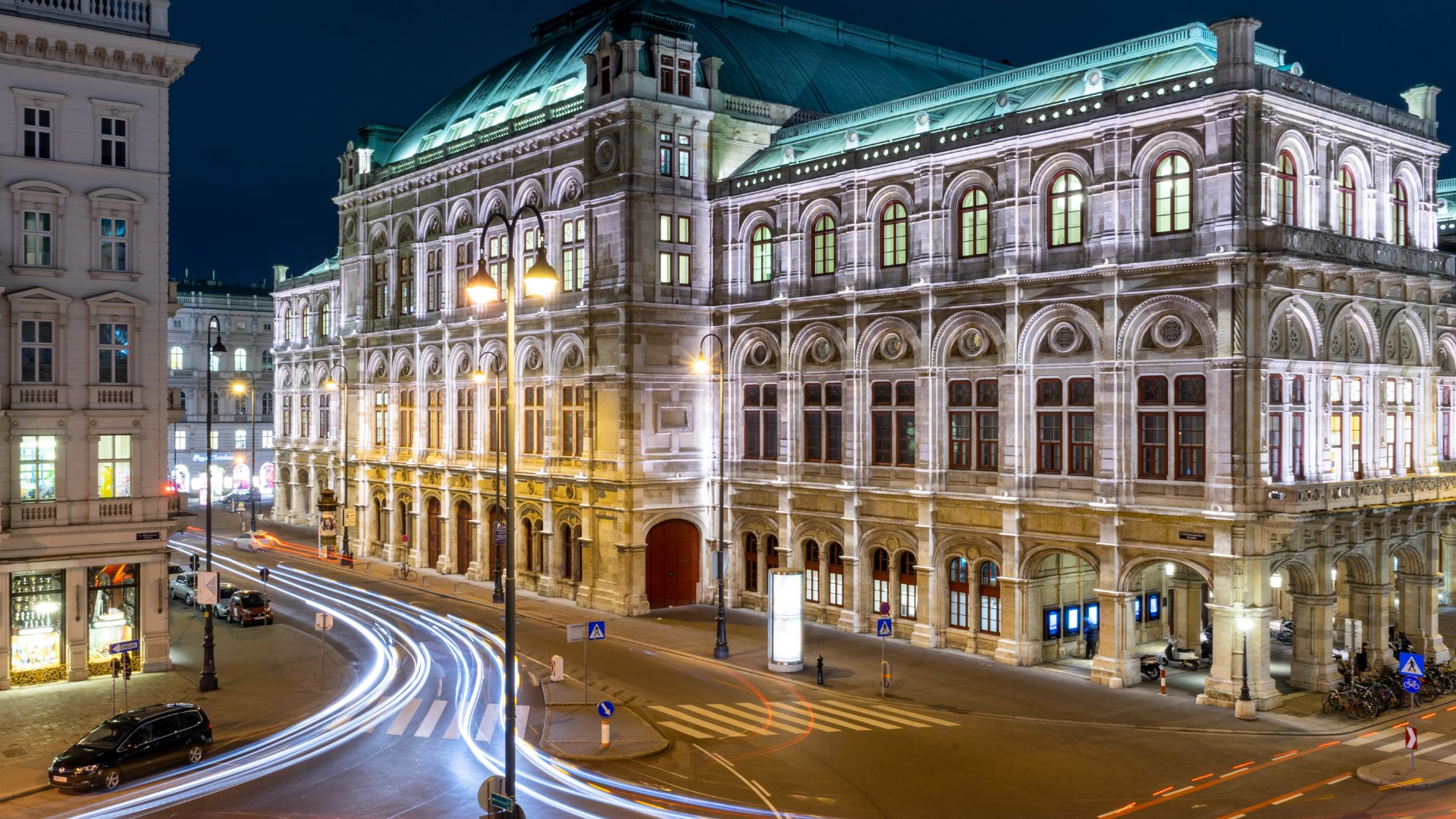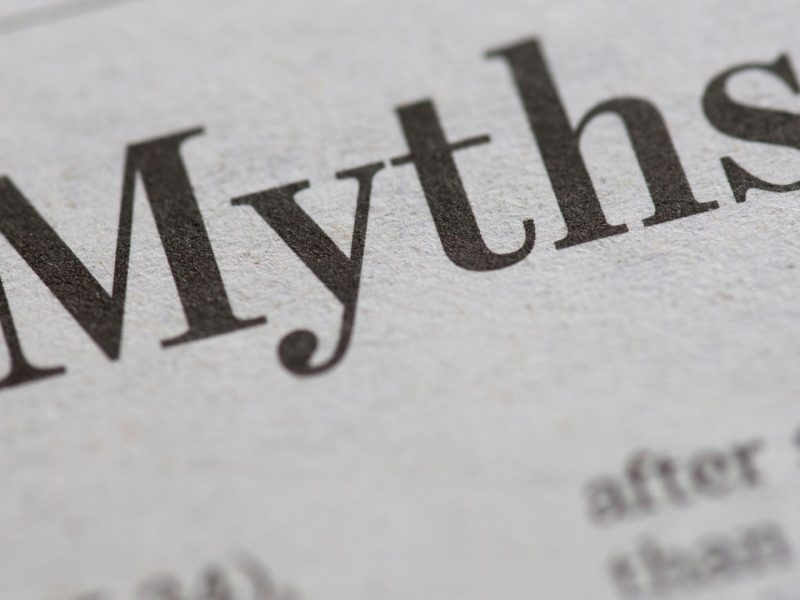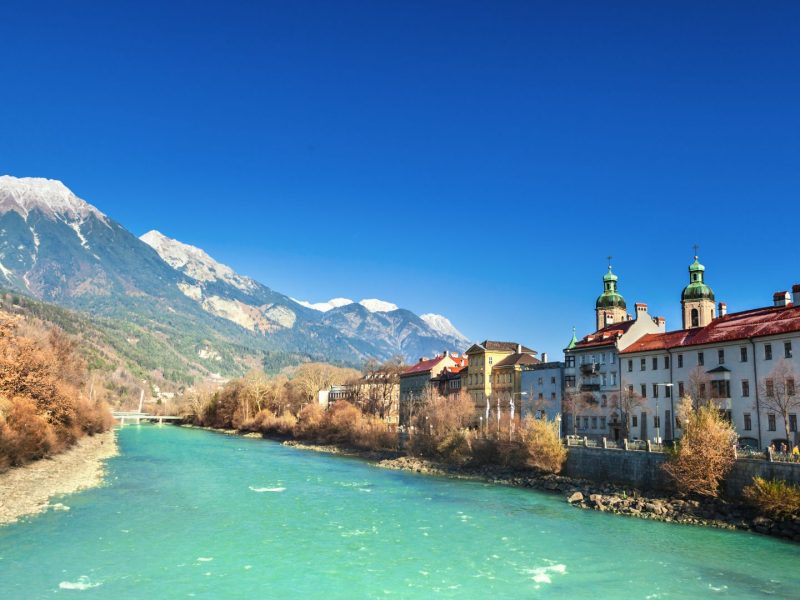Central Europe Travel Trends 2025–2026: Austria & Romania

Central Europe is no longer the continent’s budget alternative. It’s becoming one of its most dynamic regions—where a quiet transformation is underway. Travelers are turning away from overcrowded capitals in search of character-filled villages and slower itineraries. Hoteliers, under pressure from rising costs and labor shortages, are leaning into digitization and leaner operations. And investors? They’re betting on experience-first, efficient models—from lifestyle hostels to reimagined luxury rail. Growth is steady—but with it comes a demand for new levels of professionalism, strategy, and story.
Demand: Still Rising—But Smarter, Off-Peak, Value-Conscious
Tourism across Europe remains strong heading into 2026. International arrivals were up +4.9% year-on-year in Q1 2025 and overnight stays increased by 2.2%, signaling continued growth, especially in Central Europe’s mid-sized cities and cultural towns. Central Europe outperformed the EU average, with Romania posting a 6.7% increase in overnight stays and Austria recording an 8.1% increase in average stay duration in resort regions.
- Austria continues to attract high-value travelers with cultural and spa destinations. In 2025, Virtuoso reported a +254% jump in summer bookings, with projections maintaining upward momentum into 2026.
- Romania is emerging rapidly, with outbound travel spend exceeding €11 billion in 2025 and expected to increase further in 2026. Domestic tourism also continues to grow as the middle class seeks local heritage escapes.
The New Itinerary: Detour Destinations & Railside Luxury
Two powerful demand pivots define 2026:
a) “Detour destinations.” Travelers are steering toward smaller, heritage-rich towns like Hallstatt (Austria) and Sighișoara (Romania) to escape overcrowding and reconnect with local culture. UNWTO’s “Best Tourism Villages” initiative continues to amplify such lesser-known spots across Central Europe.
b) Rail is back—this time as luxury theatre. Accor’s reborn Orient Express will (re)launch Central Europe routesspanning France–Germany–Austria–Hungary–Czechia and extending to Romania by late 2026. These journeys align with sustainability values and high-end experiential trends. Rail travel across Austria and its neighbors grew by over 12% in 2025, with ÖBB reporting record passenger volumes on domestic and regional lines connecting spa and heritage towns.
Owners’ & Operators’ View: Optimism Tempered by Skills, Systems, and Cost Inflation
63% of European accommodations expect business to improve through 2026. Yet small properties across Central Europe report ongoing struggles:
- Staff shortages in Austria’s resort zones and Romania’s secondary cities
- Low digital maturity, especially among independent hotels
- Margin compression from rising labor, energy, and insurance costs
In Austria alone, utility costs for mid-size hotels rose by 14% between 2023 and 2025, while Romania’s average staffing gap in rural hospitality exceeds 22% of required capacity.
Owners are responding with a renewed focus on:
- Workflow digitization
- Wellness as a rate-defending value
- Pricing bundles and loyalty systems
Capital Flows: From Luxury to Lifestyle Hostels—Efficiency Is the Theme
In 2025, Brookfield acquired Generator’s European lifestyle hostel portfolio (~€780M), including assets in Austria and Germany. This reflects a shift toward design-forward, operationally light, and tech-enhanced hospitality models.
Romania is expected to reach €450–500M in hotel investments by the end of 2026, with increased focus on midscale branded properties and modern wellness developments.
Product & Brand Themes to Watch
- Wellness—mature, scientific, and year-round. Especially strong in Austria; Romania follows with high-potential regional spa culture.
- Upscale all-inclusive & bundled value. Travelers seek price certainty. Marriott, Hyatt, and local brands expand this model.
- Operational tech. Tools like hotelkit and cloud-based RMS are adopted to offset labor shortages.
- Sustainability as filter. OTAs, RFPs, and loyalty programs increasingly require eco-validated properties.
Austria: Premium Reliability, Overtourism Pressure, and the Wellness Edge
Austria’s strategic focus in 2026 is clear: move beyond the tourism saturation of hotspots like Hallstatt and Salzburg, and create longer-stay, higher-spend journeys that thread together lesser-known lakeside villages, wine regions, and spa towns. The government’s ongoing support of ÖBB’s rail network expansion is key to enabling this shift, with improved regional rail links making it easier to develop multi-stop, car-free itineraries that appeal to both sustainability-minded travelers and wellness seekers.
Austria’s spa and wellness segment already accounts for 16% of overnight stays in resort regions, led by destinations like Bad Gastein, Bad Ischl, and the Styrian thermal corridor—numbers expected to grow by 5–7% through 2026, driven by demand for year-round, restorative experiences. Boutique alpine hotels, many of them family-run, are also benefitting from a rising interest in seasonal retreats tied to forest therapy, longevity, and post-digital detox travel; hermal spa tourism represents nearly 18% of Austria’s leisure overnight stays, and 66% of visitors say wellness options directly influence their destination choice.
But the challenge is layered. With many properties operating in small municipalities, staffing remains a critical issue, especially for skilled hospitality roles and spa therapists. Maintaining consistency in service quality while decentralising the tourism model will require new investments in regional training programs, tech-enabled operations, and co-marketing frameworks that let clusters of small destinations act as cohesive circuits—not isolated spots on the map.
The Case of Romania: Fast-Growing, Under-Systematised—and Full of White Space
Romania’s tourism growth into 2026 is twofold:
- Outbound and domestic traveler spending are rising fast
Romanian travelers are expected to spend over €12 billion abroad in 2026, up from €11 billion in 2025, driven by expanding disposable income and wider air and rail connectivity across Europe. At the same time, domestic tourism has increased by nearly 18% since 2022, with weekend escapes to Transylvanian towns, rural wellness resorts, and heritage festivals gaining popularity. Cities like Cluj-Napoca and Sibiu are attracting both Romanian and regional travelers with culture-led programming and boutique hospitality. - Internal tourism infrastructure is maturing, but slowly
While large-scale investments in road and rail are underway, many secondary regions still lack reliable transport and integrated visitor services. According to the National Institute of Statistics, over 60% of Romania’s guesthouses and rural accommodations operate without digital booking capabilities or structured guest feedback mechanisms—limiting their visibility and repeat business potential.
Smaller hoteliers struggle with:
- Formal SOPs
Many independent accommodations still rely on improvised workflows, with limited written standards for service delivery, guest care, or operational consistency. - Staff training pipelines
The country’s hospitality education sector has not yet scaled to meet the needs of a modernized tourism economy. Many rural operators rely on seasonal or part-time staff, leading to high turnover and service gaps during peak periods. - CRM/loyalty strategy
Loyalty programs remain rare outside of chain hotels. Guest retention often depends on informal relationships rather than structured CRM tools, making it difficult to build long-term value from rising domestic demand.
Yet Romania’s natural assets—wellness, mountains, traditions—are unmatched. With investment in technology and partnerships, its hospitality sector could emerge as one of the region’s strongest performers by 2027. However, only 38% of independent properties in Romania use cloud-based PMS or guest feedback software—suggesting high upside for tech-led repositioning.
Strategic Playbook for 2026
As Central Europe matures into a more competitive, experience-driven market, success will depend on clear, implementable strategies tailored to each stakeholder group. Whether you’re running a boutique property in Transylvania or advising a hospitality investment fund in Vienna, the roadmap is converging around value, systems, and seasonality.
For Owners & GMs
- Push off-peak retreats and local experiences
Develop shoulder-season offerings—like nature immersions, wine harvest weekends, or creative residencies—to spread demand and reduce dependence on peak months. In Austria, mid-season bookings rose 6.5% year-over-year in 2025, indicating rising interest in curated, quiet travel windows. - Monetize wellness with measurable value
Go beyond spa menus. Introduce wellness packages with defined outcomes (e.g., detox, sleep improvement, stress recovery) that can justify higher ADR and longer stays. Demand for evidence-based wellness in rural Europe is expected to rise by 8–10% in 2026, especially among Gen X and urban professionals. - Invest in digital platforms your team can actually use
Prioritize tech with immediate operational ROI: digital SOPs, task managers, guest messaging, and analytics. Tools like Hotelkit and Mews are gaining traction in Central European independents for streamlining communication and improving guest experience without adding headcount.
For Destination & Regional Marketers
- Package rail-linked journeys across small towns
Design cross-regional itineraries that align with new rail connectivity and EU-backed sustainable mobility corridors. The European Commission’s 2026 mobility funding round includes €2.8 billion in rail and tourism infrastructure, offering co-marketing opportunities for lesser-known regions. - Apply UNWTO frameworks for global visibility
Participation in programs like Best Tourism Villages or Sustainable Destinations Index helps elevate rural communities on international OTAs, press lists, and B2B travel circuits. - Market sustainability as a booking advantage
Highlight emissions savings, local supply chains, or biodiversity protection—not as branding, but as part of the guest narrative. 68% of EU travelers in 2025 reported that sustainability influenced their booking choice, even when it was not the deciding factor.
For Investors
- Focus on asset-light, wellness-ready conversions
Older buildings with architectural character, proximity to nature, and existing water/thermal features are prime for rebranding into boutique wellness stays. This strategy offers lower upfront cost and strong emotional equity. - Bet on midscale and boutique brands that scale
Concepts like Zoku, numa, and Mona Stay show how tech-enabled, lifestyle-forward models can perform across urban and semi-rural zones in Central Europe. - Prioritize operational efficiency over glamour
The most resilient investments through 2026 are those with strong cost discipline, high direct booking rates, and modular staffing. Revenue per square meter and retention-to-cost ratios will matter more than design awards.
…in numbers
Key Figures: Central Europe Travel & Hospitality 2025–2026
Austria
- +254% increase in summer bookings for Austria (Virtuoso, 2025)
- 8.1% growth in average stay duration in spa towns (Österreich Werbung, 2025)
- ~18% of overnight stays in leisure travel are wellness-related
- 14% YoY rise in utility costs for mid-size hotels (CBRE Austria, 2025)
- 66% of travelers say wellness amenities influence their choice of destination
- 6.5% increase in mid-season (spring/fall) hotel occupancy (2024–2025)
Romania
- €11B+ in outbound travel spend (2025), projected to surpass €12B in 2026
- 18% increase in domestic tourism volume since 2022
- 60%+ of rural accommodations lack digital booking or feedback systems
- 22% staffing shortage reported in rural hospitality sectors
- <40% of independent hotels use cloud-based PMS or guest CRM tools
Regional & Cross-Cutting Metrics
- +4.9% increase in international arrivals to Europe (Q1 2025)
- +12% growth in rail travel across Austria and neighboring countries
- 68% of EU travelers consider sustainability when booking
- €780M value of Brookfield’s acquisition of Generator hostels across Europe
- €450–500M projected hotel investment volume in Romania (2025–2026)
- 2.8B+ euros committed by the European Commission to regional rail and mobility corridors (2024–2026 funding cycle)
The Takeaway
Central Europe is maturing, segmenting, and specialising—fast. Demand is resilient, but choosier. Owners are optimistic, but feel the operational squeeze. Capital is flowing, but rewards concepts with scale discipline and brandable experience. The opportunity—especially for Austria and Romania—is to turn structural advantages (wellness depth, cultural authenticity, rail connectivity, rising domestic wealth) into systematised, tech-supported, seasonally balanced hospitality models.
The playbook is clear: curate, professionalise, and productise—or get left competing on rate in an increasingly sophisticated, margin-thin market.
For those shaping digital and strategic narratives in travel and hospitality, these shifts aren’t just trends—they’re turning points. They demand nuanced positioning, market-specific insight, and communication that resonates from rail line to guest room. The work happening across Austria and Romania is a signal to anyone building for this region: the story is evolving, and how it’s told—online, on platforms, through design and data—matters more than ever. That’s exactly where our focus lies.
Just a Trend or a Communication Challenge?
For those shaping digital and strategic narratives in travel and hospitality, these shifts aren’t just trends—they’re turning points. They demand nuanced positioning, market-specific insight, and communication that resonates from rail line to guest room. The work happening across Austria and Romania is a signal to anyone building for this region: the story is evolving, and how it’s told—online, on platforms, through design and data—matters more than ever. That’s exactly where our focus lies.
Sources
- European Travel Commission (ETC). Quarterly Report Q2 2024. European tourism shows strong momentum, with international arrivals up 4.9% year-on-year in Q1 2025 and overnight stays increasing by 2.2%. Emphasis on off-peak and value-driven travel. Available at: etc-corporate.org
- HospitalityNet. European Travel Insights 2025. Aggregated coverage on regional travel dynamics across Central Europe. Available at: hospitalitynet.org
- Booking.com. 2025 European Accommodation Barometer. Confidence among accommodations remains high, though independents report challenges in staffing, training, and technology adoption. Available at: news.booking.com
- Hospitality Today. European Hoteliers Outlook 2025. Summary of Booking.com survey results and operational pain points in the hospitality sector. Available at: hospitality.today
- CBRE. 2025 Global Hotel Outlook & European Real Estate Market Outlook. Analysis of margin compression, RevPAR trends, and investor focus on lifestyle, wellness, and loyalty. Available at: cbre.com
- Brookfield Asset Management. Acquisition of Generator Hostels, 2025. Deal valued at €776–€780 million, including Austrian and German assets. Covered in Travel and Tour World, HOTELS Magazine, and the Financial Times.
- Accor Group. Orient Express (La Dolce Vita) Launch Timeline. Reintroduction of luxury rail services through Central Europe scheduled for late 2026. Initial routes confirmed in Austria, Hungary, Czechia, and Romania. Corporate information available at: group.accor.com and via Wikipedia (Orient Express, Accor).
- United Nations World Tourism Organization (UNWTO). Best Tourism Villages Initiative. Official program supporting the rise of “detour destinations” like Hallstatt and Sighișoara. Available at: unwto.org
- Condé Nast Traveler. Europe’s Emerging Second Cities. Feature coverage on lesser-known destinations gaining popularity across Central and Eastern Europe. Available at: cntraveler.com
- My Journal Courier. European Travel Trends 2025. Report on the rise of secondary town travel demand. Available at: myjournalcourier.com
- The Romania Journal. Tourism Economy Forecast 2025. Reports Romanian outbound tourism spend to exceed €11 billion. Available at: romaniajournal.ro
- Travel and Tour World. Central and Eastern Europe Hospitality Trends. Coverage on Romania’s growing domestic and international appeal. Available at: travelandtourworld.com
- Green Lodging News. Sustainability and OTA Rankings. Data showing that 68% of EU travelers consider sustainability a factor in bookings. Available at: greenlodgingnews.com
- World Economic Forum. Travel & Tourism Development Index 2024. Benchmarking Austria, Romania, and regional infrastructure and policy frameworks. Available at: weforum.org
- OECD. Austria Tourism Outlook 2026. Review of decentralisation strategies, workforce challenges, and wellness positioning. Available at: oecd.org
- STR / CoStar. Hospitality Capital Trends 2025. Capital flow and performance indicators for European hotel markets. Available at: str.com and costar.com

